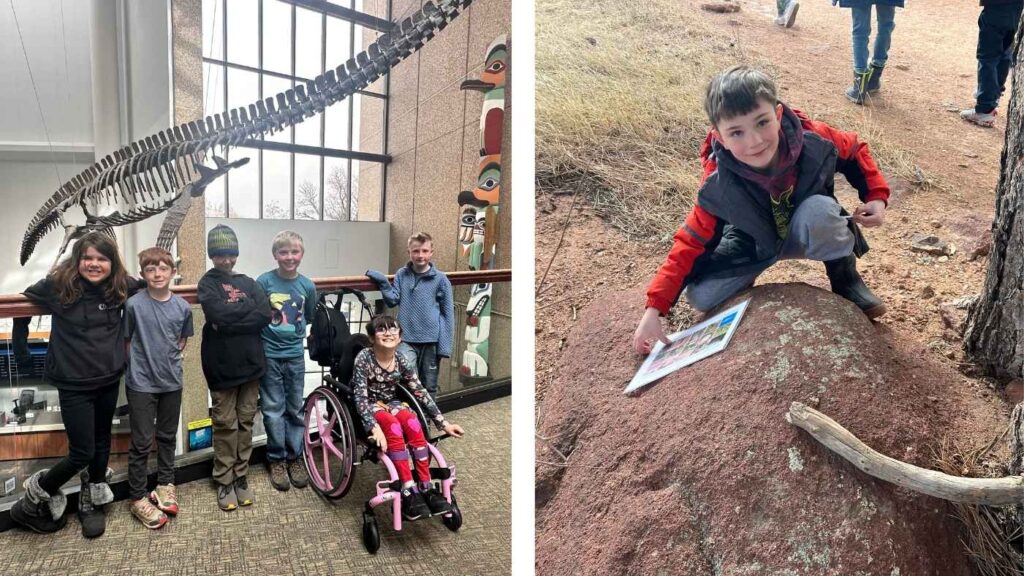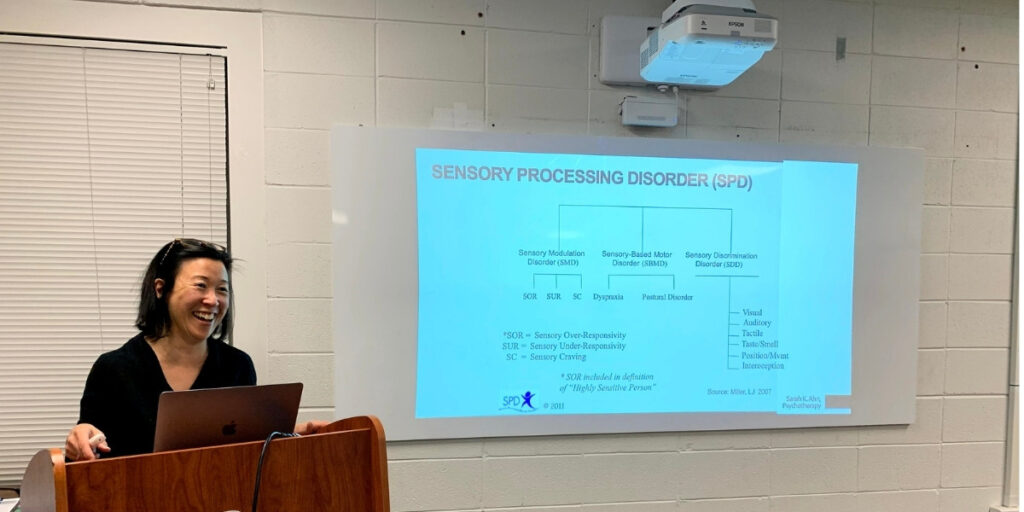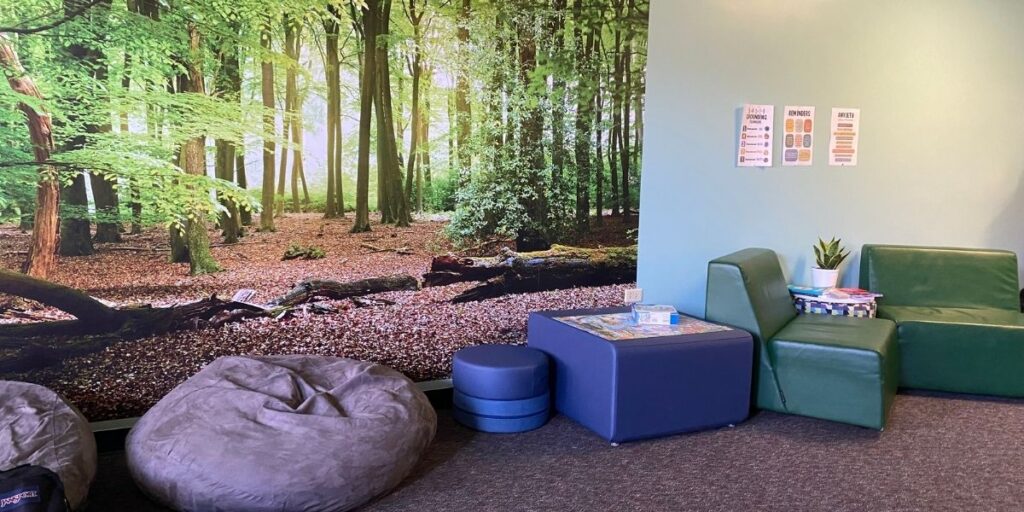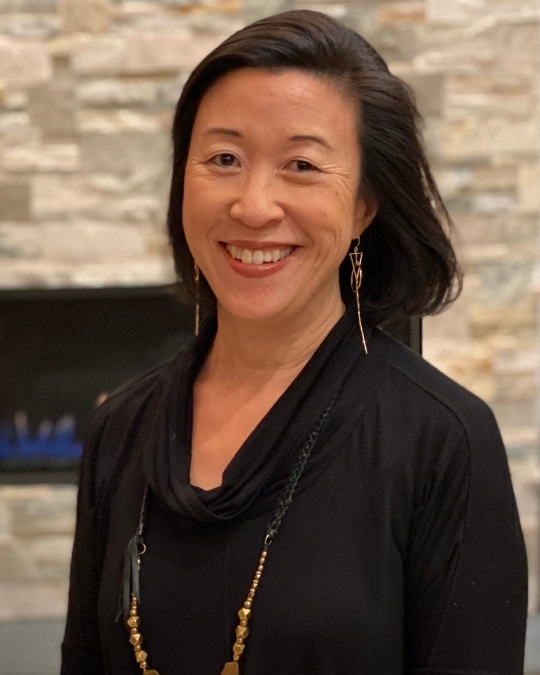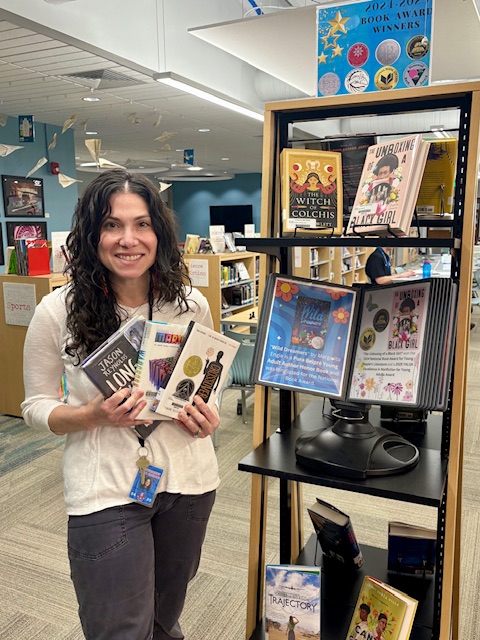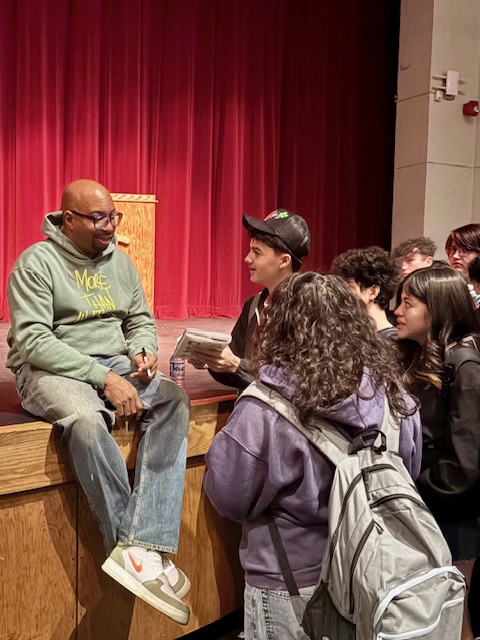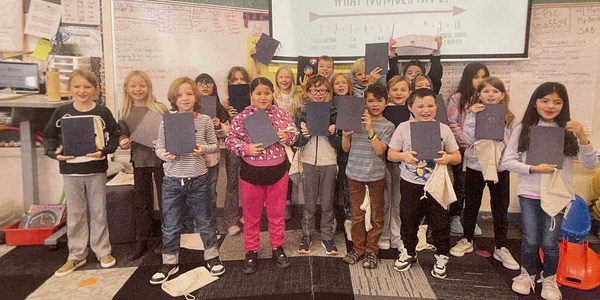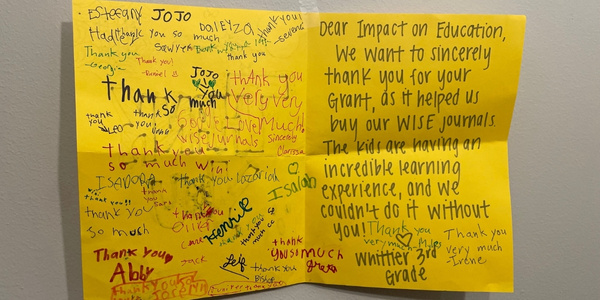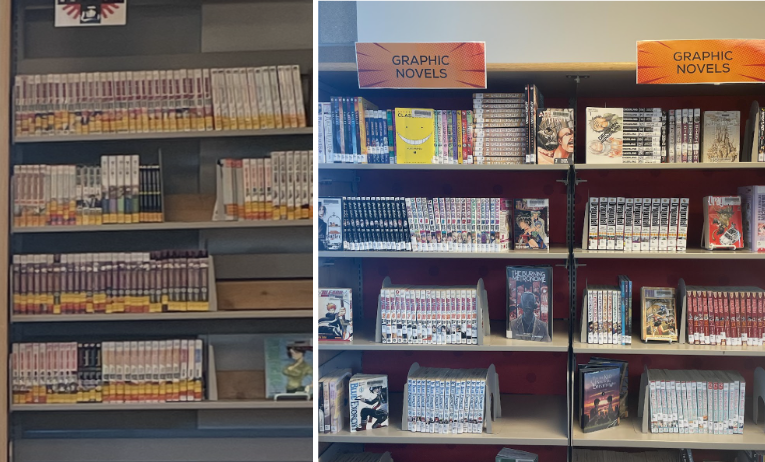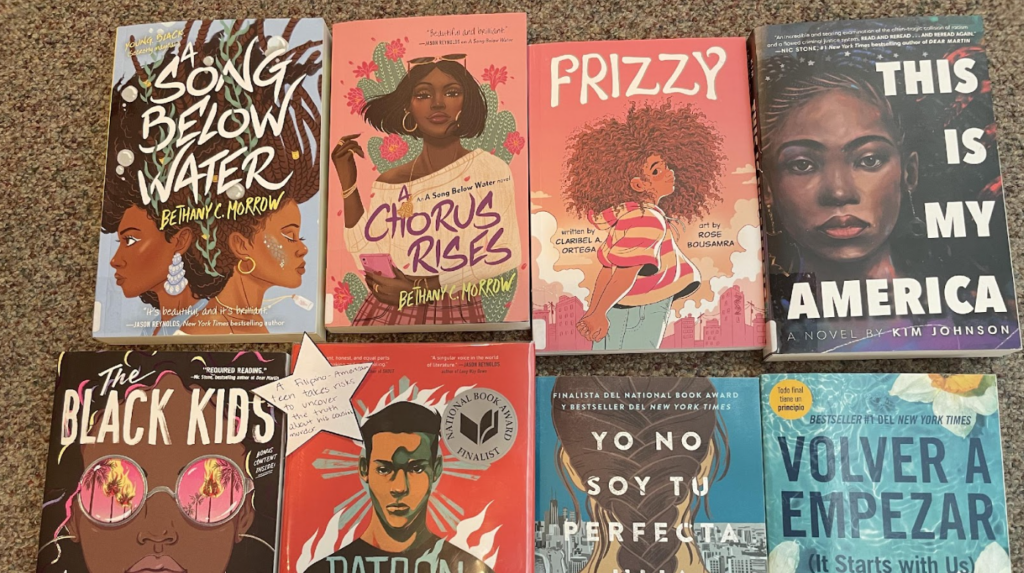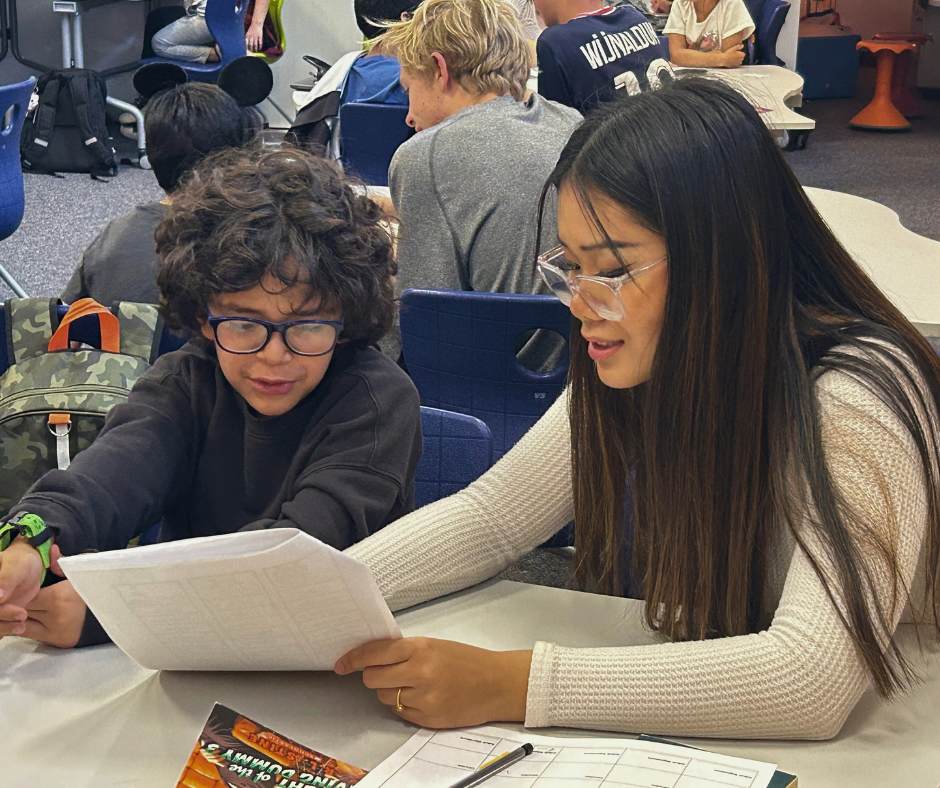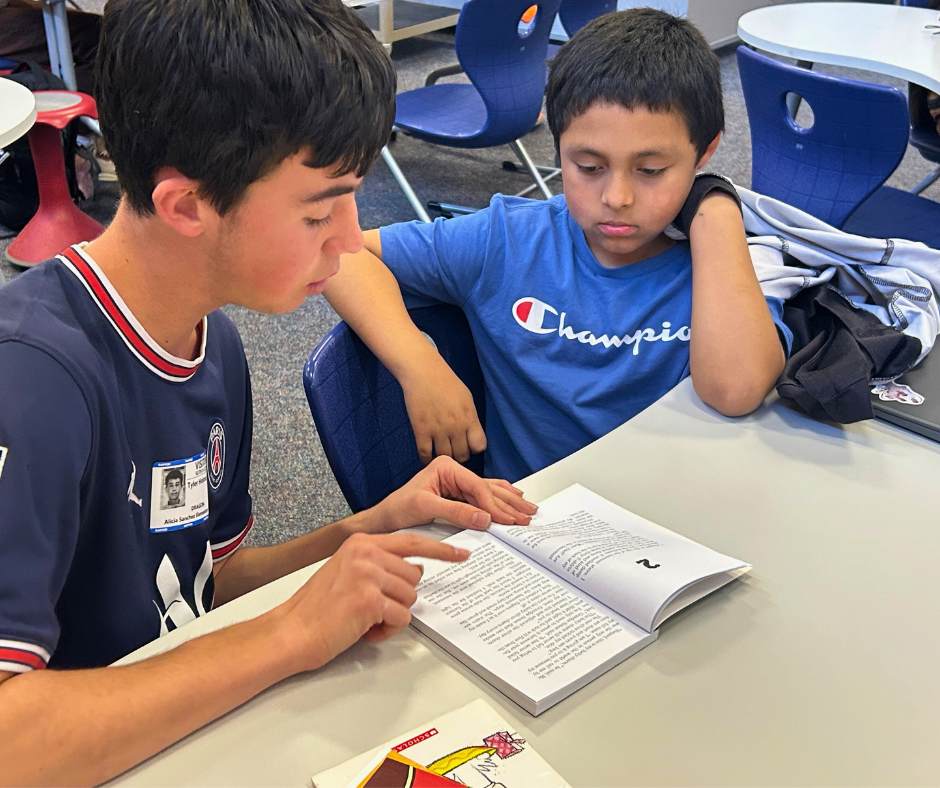7 must-read books: Recommendations from a librarian
When students open a book, Shoshannah Turgel, the teacher-librarian at Centaurus High School in Lafayette, wants them to find more than just a good story.
“A great book can be a mirror that reflects your own identity, a window into someone else’s life, or a door that opens to a new experience,” she said, referencing a concept popularized by author Chimamanda Ngozi Adichie.
Ensuring students have access to stories that reflect their lives and expand their perspectives requires regular updates to the school’s library collection. Each year, Shoshannah and her team replace outdated and incorrect books with inclusive, engaging, and current ones.
Doing that on a limited school budget isn’t possible. So she turned to Impact on Education, which provides grants to help educators bridge opportunity gaps and create more equitable learning environments.
Since joining the school six years ago, Shoshannah has applied for and received ten Academic Opportunity Fund grants. The most recent grant provided $500 to purchase nearly 30 new award-winning books exploring various identities, voices, and genres.
“These books are current and compelling,” she said. “When students see themselves, they get excited to read.”
In honor of National Library Week (April 6-12), Shoshannah recommended seven books for young adult and adult readers.
“A great book can be a mirror that reflects your own identity, a window into someone else’s life, or a door that opens to a new experience.”
Recommended reads for National Library Week
True Crime Narrative Nonfiction | Young Adult to Adult
In The 57 Bus, two teenagers are involved in a crime on the 57 Bus in Oakland, CA. Incredibly researched and written, this true crime book is professional journalism at its best. The author is an award-winning journalist, and masterfully represents all sides in complex situations revolving around sensitive topics.
Realistic Fiction | Middle Grade to Adult
Maudie is a neurodivergent teenager whose parents are divorced. Her dad loses his home in a CA wildfire, and Maudie spends her summer with him, learning many things, including how to surf and advocate for herself. This book is an amazing coming-of-age narrative. Sally J. Pla is a neurodivergent author, so this is an “own-voice” text.
Historical Fiction | Adult
Set in 1950s Colorado, Go As a River follows seventeen-year-old Victoria Nash on a journey through love, loss, and self-discovery. Inspired by true events surrounding the destruction of the town of Iola, this powerful novel celebrates female resilience and the rugged beauty of our state. Readers will visit Colorado’s rich history, including the damming of the Gunnison River, the role of women in rural communities, and the discrimination faced by Native Americans. This book is a peach!
Memoir | Young Adult to Adult
Elite runner, coach, and entrepreneur Fleshman shares her personal story and a critical analysis of the world of running, arguing that male-designed best practices often fail women. Fleshman explores the mental health challenges, eating disorders, and injuries that plague many young female runners as their bodies naturally change and they contend with gender-based social pressure. Teens will connect with Fleshman’s evidence-based insights and personal experiences navigating puberty as a young athlete. Adults will appreciate Fleshman’s actionable approach to combating these problems and helping girls succeed.
5. Junie by Erin Crosby Eckstine
Historical Fiction | Young Adult to Adult
Junie is an enslaved woman on the Bellereine Plantation in Alabama. Her life changes course when she encounters her sister’s ghost in the woods near her home. Junie is a complex character with a distinct voice and strong values, opinions, and dreams. This story offers a unique narrative and makes a significant contribution to the existing body of literature on the Antebellum South.
Mystery-Thriller | Young Adult
J.B., Ramón, and Trey have two things in common: They’re students at Urban Promise Prep, a prestigious public charter school in Washington D.C., and they’re suspects in the murder of beloved school founder and principal, Mr. Moore. This book is a fast-paced, multiple first-person point-of-view mystery-thriller about racism, corruption, and learning to do the right thing.
Realistic Fiction | Young Adult
Life is complicated for high school seniors Belén and Leti. Belén is struggling to graduate high school and make her mom proud. Her father abandons their family, leaving Belén and her mother heartbroken. Leti is an AP scholar, Berkeley-bound, and pregnant. Together, they hold each other up in this coming-of-age story about hardship, resilience, and learning to be your best self.
Bringing stories to life for students
“When students see an author who shares their culture or story, it is incredibly powerful… And when it is not their own experience, it still expands their worldview.”
In addition to updating the library’s collection, Shoshannah has used previous Impact on Education grants to support larger literacy goals. At Centaurus, these grants have helped fund author visits that allow students to meet the writers behind the stories they love and receive a personal copy of the book to keep.
These community-wide events have reached hundreds of students and brought acclaimed authors such as Kwame Alexander and Matt de la Peña to Lafayette.
“When students see an author who shares their culture or story, it is incredibly powerful,” Shoshannah said. “And when it is not their own experience, it still expands their worldview.”
BEFORE YOU GO
Impact on Education is an independent non-profit supporting the Boulder Valley School District. We depend on the generosity of our community to put our mission into action.
Will you help us provide opportunities and resources to local students?

